 Porous Polymer Membranes for Cheaper Industrial Chemicals
12. 27. 2017
#The Chemical Industry
Porous Polymer Membranes for Cheaper Industrial Chemicals
12. 27. 2017
#The Chemical Industry

A research team is well on its way to making a polymer membrane that could be used as a cheaper, greener alternative to current methods of separating industrial chemicals. It is hoped that the discovery will not only save chemical manufacturers money, but will also be a safer industrial chemical production process. It may even open the way to the creation of cheaper and more effective pharmaceutical drugs.
Today, the most effective way of manufacturing membranes is by using volatile organic solvents. Typically, a membrane is cast from a thin polymer solution that is then dissolved in the solvent. Some of the solvent is allowed to evaporate before the polymer is immersed in water. The size of the pores created in the newly formed polymer sheet dictates which chemical components of a mixture can pass through.
The problem with this method is that many of these organic solvents are facing potential bans, due to the highly toxic vapours they release in the production process.
Dr Suzana Nunes, professor of environmental science and engineering at KAUST (the King Abdullah University of Science and Technology in Saudi Arabia), believes that she has discovered a better method. Just as permeable membranes have often replaced high-energy using evaporation techniques (such as seawater desalination), a new chemical process for manufacturing polymer membranes could save both time and money.
"Our work has focused on using ionic liquids as a solvent," she says. Ionic liquids are salts that are liquid at room temperature, but are completely non-volatile, making them much safer for workers.
As the scientific journal Phys.org reports, “Nunes and her team at KAUST are creating membranes using ionic liquids. Many existing high-performance porous membranes incorporate a polymer called polyethersulfone and last year, the researchers showed they could make these using an ionic liquid solvent. What's more, the new membrane out-performed a conventionally produced equivalent for separating complex mixtures of peptides and proteins—currently a costly and laborious process for the biotech industry.”
The researchers have now published their results in the peer reviewed, Journal of Membrane Science, where they describe the new membrane’s resilience as, “a polymer with thermal stability as high as 500°C in oxidative conditions.” Adding that, “The pristine membranes are stable in alcohols, acetone, acetonitrile and hexane, as well as in aqueous solutions with pH between 0 and 14.”
It is this strength and versatility of the membranes created with ionic liquids makes for a wide variety of potential applications. For example, many new biologic drugs require highly purified proteins. The membranes made with Dr Nunes’s process would simplify the process, as well as reducing costs. "We think we might be able to dissolve polymers that up to now we could not dissolve, and extend the kind of materials we can use for membranes," Nunes explains.
While the researchers have yet to take their discovery to its fullest conclusion, it seems likely that mass production of organic polymer membranes is possible. The safer, low-energy process for creating cheaper polymer membranes for the separation of chemical solutions will have a major impact on industrial chemical production. As she explains, “I'm sure we will be using membranes in the chemical industry much more than they are used now,” adding that, “This is a topic of real industrial relevance.”
Client Zone – Stay in Touch with All the Important Information
Take the opportunity to register in our client zone to find complete product specifications and the latest updates on special offers.
Photo credit: Dr Suzana Nunes
